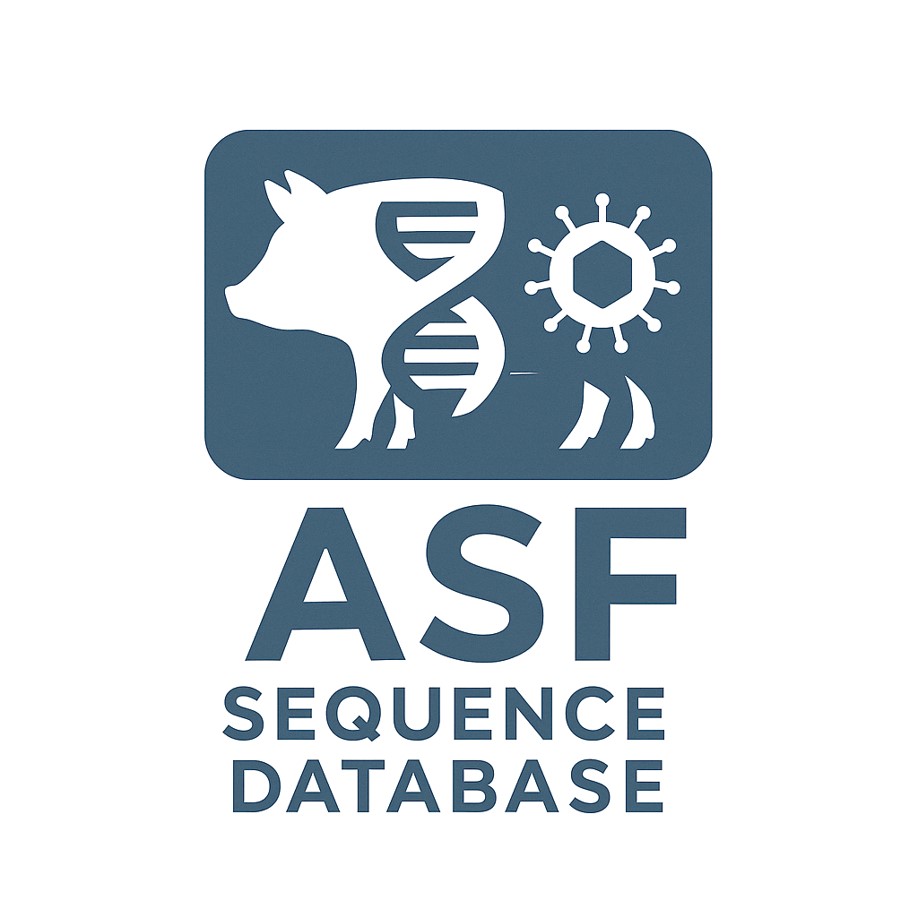Welcome to the African Swine Fever Virus Sequence Database
Due to the ongoing ASF pandemic, which is caused by the widespread circulation of genotype II African swine fever virus (ASFV), there is an increasing need for high-resolution genetic tools to monitor virus evolution, trace the source of outbreaks, and understand patterns of virus spread. Once a single ASFV genotype becomes established in a region, as is the case with genotype II across Europe, Asia, and the Americas, classical genotyping methods often lack the discriminatory power required for effective molecular epidemiology. In this context, more refined genetic approaches are essential to distinguish between closely related strains and support outbreak investigations.

To address this need, a dedicated sequence database focused exclusively on genotype II ASFV isolates has been developed and is continuously maintained by the European Union Reference Laboratory (EURL). This database compiles high-resolution sequence data from field isolates collected during outbreaks in or near the European Union, as well as from other affected regions, and serves as a key resource to support rapid molecular typing and outbreak tracing.
To enhance genetic resolution, a multi-gene approach has been implemented, targeting six informative regions of the ASFV genome that show sufficient variability within genotype II. These include O174L, K145R, MGF-505-5R, B602L (CVR), E199L, and the intergenic region between I73R and I329L. The combined analysis of these loci enables the differentiation of an increasing number of genetic clusters—currently 28—within the genotype II ASFV population (Gallardo et al., 2023; Giammarioli et al., 2024), offering enhanced resolution for molecular epidemiological studies.
The genotype II-specific database presented here integrates all available sequence data obtained through this multi-gene approach and represents a robust and harmonized framework for supporting intra-genotypic ASFV characterization, facilitating outbreak investigation, and guiding disease control strategies across affected regions.
SEQUENCE DATABASE ACCESSION


To access to the sequence data base is required a user name and a password, which can be obtained by sending an EMAIL to the eurl.asf@inia.csic.es
